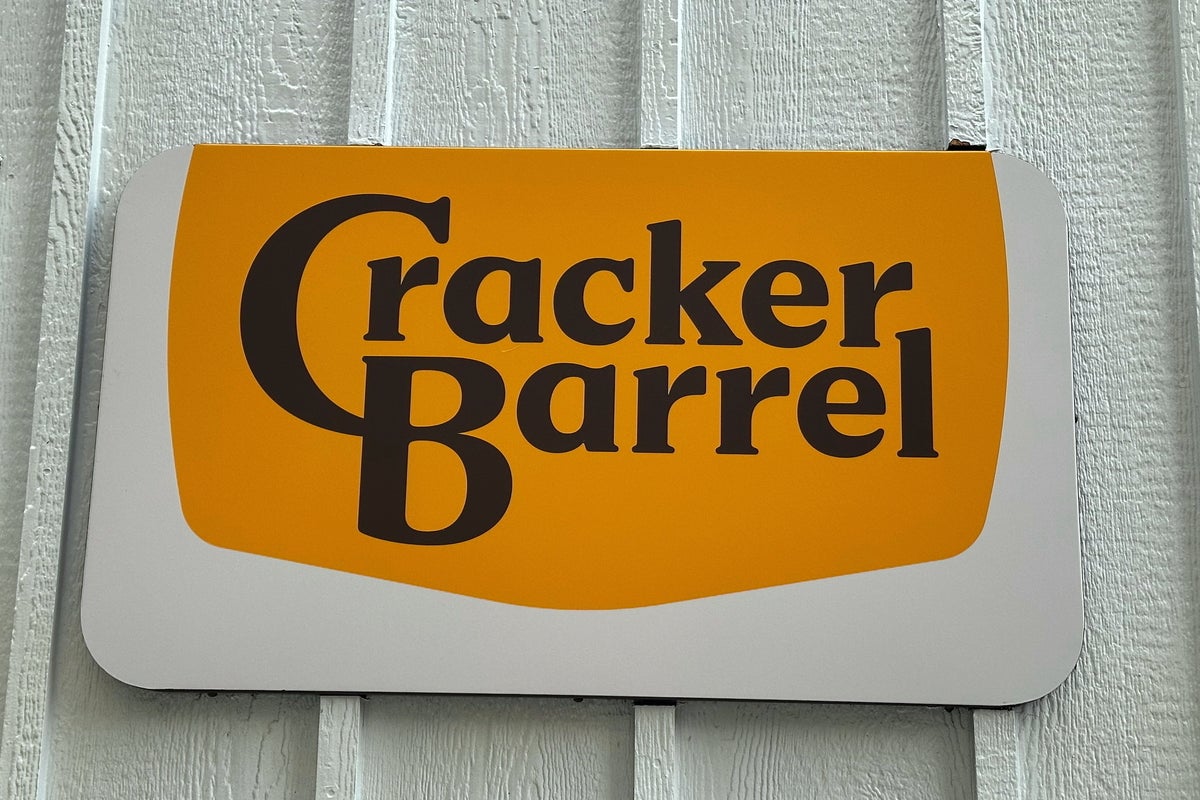Understanding Square Standards in Geometry

When you examine the concept of squares in geometry, you’ll find that they possess distinct characteristics that set them apart from other shapes. A square has four equal sides and four right angles, making it a regular quadrilateral. Its diagonals are not just equal in length but additionally intersect at right angles, creating symmetry. Comprehending these properties is crucial, particularly as you explore applications in fields like architecture and coordinate geometry. What implications do these features have for practical designs?
Key Takeaways

- A square is a regular quadrilateral with four equal sides and four right angles, making it a fundamental shape in geometry.
- The area is calculated with A = ℓ², while the perimeter is determined using P = 4ℓ.
- Squares exhibit four lines of symmetry, including two diagonal and two vertical/horizontal lines, reinforcing their geometric properties.
- In coordinate geometry, squares can be defined by vertices on the Cartesian plane, ensuring equal side lengths and right angles.
- Squares play essential roles in art, architecture, and tiling, offering aesthetic balance and practical design solutions.
Definition and Characteristics of a Square

A square, often regarded as one of the most fundamental shapes in geometry, is defined as a regular quadrilateral. Its primary characteristics include having four equal sides and four right angles, each measuring 90°.
This perfect balance allows a square to be classified as both a rectangle and a rhombus. The square standard includes not just these equal sides and angles but furthermore the fact that its diagonals are equal in length, bisect each other at right angles, and are perpendicular.
In addition, all internal angles are congruent, reinforcing its classification as a right-angled shape. As a type of parallelogram, a square likewise features opposite sides that are parallel and equal, further establishing its unique definition in geometric terms.
Properties of a Square

When you look at a square, you’ll notice that all four sides are equal in length and each internal angle measures 90 degrees.
This uniformity extends to the diagonals, which not only bisect each other at right angles but are likewise equal in length.
Comprehending these properties helps you appreciate the square’s unique characteristics, making it a fundamental shape in geometry.
Equal Sides and Angles
Comprehending the properties of a square reveals that it features four equal sides and four right angles. Each side of the square measures the same length, which is crucial for its classification as a regular polygon.
The internal angles of the square are all right angles, measuring exactly 90 degrees, contributing to its unique geometric structure. This uniformity in angles and sides distinguishes a square from other quadrilaterals.
Furthermore, the diagonals of a square are equal in length and intersect each other at right angles, further emphasizing the symmetry within this shape.
The combination of equal sides and right angles guarantees that a square maintains its defined characteristics, making it a fundamental shape in geometry.
Diagonal Properties Explained
Comprehension of the properties of a square extends beyond its equal sides and right angles to include the significant role of its diagonals. The diagonal properties are essential as they’re equal in length and intersect at right angles, dividing the square into two congruent isosceles right triangles.
You can calculate the length of a diagonal using the formula ( d = sqrt{2} cdot ell ), where ( ell ) is the length of a side. Furthermore, the diagonals function as axes of symmetry, providing reflectional symmetry across both lines.
At their intersection, you’ll find the center of the square, equidistant from all four vertices, reinforcing the square’s balanced structure and geometric integrity.
Measurement of a Square

When measuring a square, comprehension of the area, perimeter, and diagonal length is essential.
You can calculate the area using the formula A = ℓ², whereas the perimeter is found with P = 4ℓ, emphasizing the equality of all sides.
Furthermore, the diagonal can be determined with d = √2ℓ, linking these measurements together for practical applications in various projects.
Area Calculation Methods
Calculating the area of a square is a fundamental skill that has practical applications in various fields, such as construction and landscaping.
You can use two primary area calculation methods to find square area:
- Using side length: Apply the formula A = ℓ², where ℓ is the length of one side.
- Using diagonal length: Use A = (1/2)d², with d representing the diagonal.
- Finding diagonal: Calculate d with d = √2ℓ.
- Example: For a square with sides measuring 5 inches, the area equals 25 square inches.
- Applications: Accurate measurements are crucial in design and planning projects.
Understanding these methods guarantees you can accurately determine the square area for any project you undertake.
Perimeter Formula Explained
The perimeter of a square plays a significant role in various practical applications, from construction to landscaping.
To calculate the perimeter, you can use the perimeter formula, which is P = 4ℓ, where ℓ represents the side length of the square. For instance, if you have a square with a side length of 5 meters, the perimeter would be P = 4 × 5 = 20 meters.
This formula highlights that all four sides of a square are equal, making it easy to determine the total distance around the square area. Grasping this concept is vital for tasks involving fencing or framing, enabling accurate boundary measurements for your projects.
Diagonal Length Determination
Determining the diagonal length of a square is essential for various applications in design and construction. You can easily find it using the formula d = √2ℓ, where ℓ is the length of one side. For instance, if your square has a side length of 4 units, the diagonal length would be approximately 5.656 units.
Consider these key aspects of diagonal lengths in squares:
- The square root of 2 is about 1.414.
- Diagonals bisect each other at right angles.
- Accurate diagonal calculation is important for layout design.
- Diagonal lengths help in optimizing space usage.
- Comprehending this can improve your construction efficiency.
Area Calculation for Squares

Comprehending how to calculate the area of a square is fundamental for various practical applications, such as construction, landscaping, and design.
The area calculation for squares uses the formula A = ℓ², where ℓ is the length of one side. For instance, if a square has sides measuring 5 inches, the area would be A = 5 × 5 = 25 square inches.
Visualizing the total surface area can help you understand how many 1-inch squares fit inside it. On the other hand, you can use A = (1/2)d², where d represents the diagonal length, to find the area as well.
Acquiring these basic concepts in geometry allows for efficient planning and execution in various projects involving square shapes.
Diagonal Length of a Square

Calculating the diagonal length of a square is essential for various mathematical and practical applications. You can determine the diagonal using the formula ( d = sqrt{2} cdot ell ), where ( ell ) is the side length. For example, if the side length is 1 unit, the diagonal measures approximately 1.414 units.
Here are some key points to remember about diagonal lengths:
- Diagonals bisect each other at right angles (90°).
- Each diagonal is equal in length.
- The diagonal is ( sqrt{2} ) times longer than each side.
- Grasping diagonal lengths aids in architectural design.
- They play a significant role in geometric calculations involving squares.
Symmetry in Squares

Symmetry in squares is a fundamental concept that highlights balance and proportion.
You’ll find that a square has four lines of symmetry, including its diagonals, which can be reflected to create congruent shapes.
This property not merely plays an essential role in geometry but additionally influences various fields such as art and architecture, where symmetry improves aesthetic appeal and functionality.
Definition of Symmetry
In geometry, a square serves as a prime example of symmetry, showcasing a balanced and harmonious structure. This shape features both reflectional and rotational symmetry, making it highly efficient.
You can visualize its symmetry through these characteristics:
- Four lines of reflectional symmetry, dividing the square into congruent halves
- Vertical and horizontal axes that bisect it perfectly
- Diagonals intersecting at right angles, each measuring 90°
- Ability to rotate 90°, 180°, or 270° around its center without changing appearance
- Equal partitions of area and perimeter, enhancing its practical applications
Understanding these aspects of symmetry is crucial, as they highlight how a square maintains its integrity and balance through various transformations, making it a fundamental shape in geometry.
Types of Symmetry
During exploring the types of symmetry in squares, you’ll find that they primarily exhibit two forms: reflectional and rotational symmetry.
A square has four lines of symmetry—two diagonal and two vertical/horizontal—allowing it to be divided into equal halves. Each line bisects the square into congruent rectangles or triangles, showcasing its balanced structure.
Moreover, squares possess rotational symmetry, enabling them to rotate 90 degrees four times (0°, 90°, 180°, and 270°) while maintaining their appearance. This inherent symmetry reinforces the square’s congruence, meaning the shape remains unchanged during reflection across its lines of symmetry.
Comprehending these properties not solely highlights the square’s significance in geometry but also its practical applications in design and architecture.
Symmetry in Art
During the exploration of the role of squares in art, you’ll notice that their bilateral symmetry greatly improves aesthetic appeal.
Squares, with their equal sides and right angles, serve as fundamental elements in various art forms. Their symmetry is essential in creating visually striking compositions.
Here are some key features of symmetry in squares:
- Balanced compositions that draw the viewer’s eye
- Harmonious structures found in paintings and sculptures
- Tessellations that transform spaces into dynamic visuals
- Graphic design layouts leveraging square symmetry for clarity
- Influential artists like Piet Mondrian showcasing simplicity
Tiling and Applications of Squares

Tiling with squares offers a versatile approach to various applications across multiple fields, as these equal shapes can seamlessly cover surfaces without gaps or overlaps.
In architecture, square tiling is commonly used for flooring and walls, providing both durability and aesthetic appeal. You’ll find squares in game boards, where their uniform grid improves gameplay and organization.
Furthermore, squares are the standard shape in origami, enabling a plethora of folding techniques and designs. In graphic design, their symmetry and simplicity allow for visually striking layouts.
Artists likewise explore square tiling in fine art, creating geometric patterns that captivate viewers. Overall, squares play a significant role in tiling, influencing design and functionality across multiple disciplines.
Geometric Constructions Involving Squares

In relation to geometric constructions, squares serve as fundamental shapes due to their equal sides and right angles. To accurately create a square, you’ll often use tools like a compass and straightedge.
Here are some key steps to contemplate:
- Start by drawing a line segment for one side.
- Use a compass to mark equal segments at 90-degree angles for the remaining sides.
- Connect opposite corners to construct the diagonals, which bisect each other at right angles.
- Verify all angles remain right angles (90°) to maintain square properties.
- Think about inscribing the square in a circle, where the corners touch the circumference.
These techniques help you effectively create and understand squares in geometric constructions.
Coordinate Geometry and Squares

During exploring coordinate geometry, one quickly realizes that a square can be precisely defined by its vertices in the Cartesian plane. You can represent these points as (x, y) coordinates. For instance, a square aligned with the grid has vertices like (0,0), (a,0), (a,a), and (0,a). The distance formula helps confirm equal sides, whereas slopes verify right angles, particularly when the square isn’t grid-aligned. Transformations like rotations showcase how squares retain their properties. Comprehending these concepts is crucial, much like using a point of sale dashboard or an all-in-one POS system to analyze data effectively.
| Concept | Description |
|---|---|
| Vertices | Points defining the corners of the square |
| Distance Formula | Calculates lengths between points |
| Transformations | Rotations/reflections that maintain properties |
Related Topics in Square Geometry

Grasping related topics in square geometry is fundamental for comprehending broader geometric principles.
Recognizing squares can improve your knowledge about various geometric concepts, including:
- The relationship between squares and rectangles, with all sides equal and right angles.
- Area calculation using the formula A = ℓ², highlighting the importance of side length.
- The properties of diagonals, which bisect at 90° and have a length of d = √2ℓ.
- Practical applications in tiling, building floor plans, and graphic design.
- Congruence and symmetry, vital for studying complex geometric relationships.
Engaging Activities for Learning About Squares

Recognizing the significance of squares in geometry opens the door to a variety of engaging activities that can improve your grasp of this shape.
You can participate in the Mystery Shapes activity, where you’ll feel different squares in brown paper bags, allowing you to identify their attributes. Using pattern blocks lets you create and manipulate squares, reinforcing properties like equal sides and right angles.
Visual aids, such as flow charts, help you categorize squares and other shapes based on their features. Discussing real-life examples, like tiles or board games, makes geometric concepts more relatable.
Finally, measuring and calculating the area of square objects around you encourages practical application of formulas, enhancing your spatial awareness and comprehension of geometry.
Frequently Asked Questions
What Are the 7 Properties of a Square?
A square has seven key properties.
First, it has four equal sides.
Second, all angles are right angles, measuring 90 degrees.
Third, opposite sides are parallel.
Fourth, the diagonals are equal in length and bisect each other at right angles.
Fifth, the diagonals divide the square into two congruent triangles.
Sixth, all squares are similar, maintaining the same shape regardless of size.
Finally, its perimeter can be calculated using ( P = 4ell ).
What Is the Square Pattern Rule?
The square pattern rule defines a square as a quadrilateral featuring four equal sides and four right angles. This means that all internal angles are 90 degrees.
Furthermore, the diagonals of a square are equal in length and intersect at right angles, bisecting each other. The area and perimeter can be calculated using specific formulas, highlighting its geometric properties.
These characteristics make squares essential for various applications in design and architecture.
How Do You Understand a Square?
To understand a square, you need to recognize it as a quadrilateral with four equal sides and four right angles.
You can calculate its area using the formula A = ℓ², where ℓ is the length of a side. The perimeter, given by P = 4ℓ, helps you determine the distance around it.
Furthermore, a square’s diagonals are equal and intersect at right angles, which aids in geometric calculations and design applications.
What Is the General Rule of a Square?
The general rule of a square is that it has four equal sides and four right angles.
You can calculate its perimeter using the formula P = 4ℓ, where ℓ is the side length. The area is determined by A = ℓ², which gives the number of square units inside the square.
Furthermore, you can find the diagonal length with d = √2ℓ, illustrating the relationship between the diagonal and the side.
Conclusion
In summary, comprehending square standards in geometry is crucial for both theoretical and practical applications. By recognizing their properties, such as equal side lengths and right angles, you can apply these concepts in various fields, like architecture and coordinate geometry. Calculating area and diagonal lengths further improves your grasp of squares. Engaging in activities related to squares can deepen your insight, making this foundational shape a valuable tool in your geometric toolkit.
Image Via Envato
This article, "Understanding Square Standards in Geometry" was first published on Small Business Trends
What's Your Reaction?
 Like
0
Like
0
 Dislike
0
Dislike
0
 Love
0
Love
0
 Funny
0
Funny
0
 Angry
0
Angry
0
 Sad
0
Sad
0
 Wow
0
Wow
0





























































































